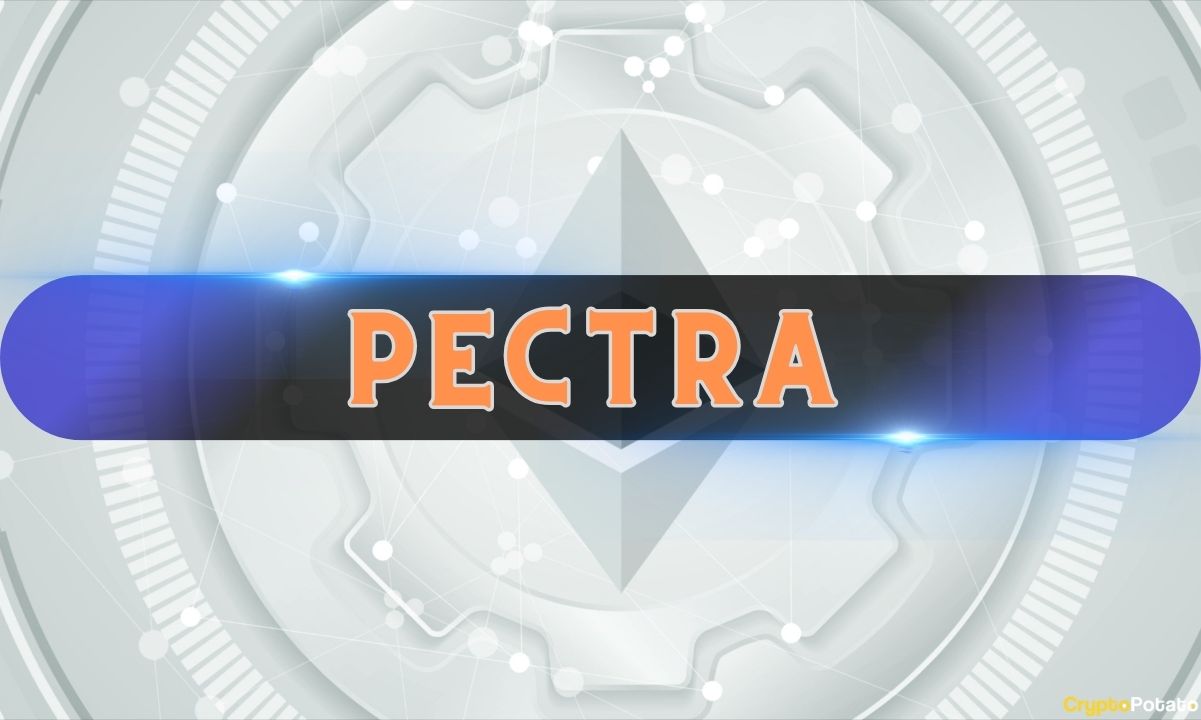Ethereum’s Pectra Upgrade Goes Live—Here’s What Changes

After months of delays and developer drama, Ethereum’s Pectra upgrade finally hits mainnet—bringing wallet abstraction and validator tweaks to the world’s second-largest blockchain.
The Big Fix: Say goodbye to clunky multi-signature setups. Pectra’s ’smart wallets’ let users approve transactions with biometrics or social logins—cutting through crypto’s UX nightmare like a hot knife through institutional-grade butter.
Validator Shakeup: Miners-turned-stakers get new tools to bypass slashing risks, because nothing says decentralization like optimizing for hedge fund node operators.
With gas fees still higher than a Bitcoin maxi’s blood pressure, the real question is whether Pectra can do for Ethereum what Starbucks integrations did for Bitcoin—make normies care.
A Milestone in Ethereum’s Journey
The official Ethereum account on X made the announcement moments ago.
“Upgrade in progress,” the post read. “Activating Pectra @ epoch 364032 // 10:05:11 UTC.”
The upgrade brings together the Prague execution layer and Electra consensus layer, a technical fusion that packs in 11 Ethereum Improvement Proposals (EIPs) targeting everything from account abstraction to enhanced staking mechanics and blob throughput improvements.
Originally slated for March, Pectra was pushed to May 7, 2025, after a series of technical hiccups delayed its launch. Developers encountered finality issues on the Holesky testnet and a minor bug on Sepolia, forcing the team to regroup.
It wasn’t until successful deployment on the Hoodi testnet that confidence was restored, culminating in a green light during the April 3 CORE developer call.
“We’ll go ahead and lock in May 7 for Pectra on mainnet,” said Ethereum Foundation researcher Alex Stokes. “Happy Pectra, everyone.”
What’s Inside Pectra?
Pectra introduces a range of technical improvements designed to future-proof Ethereum:
- Account Abstraction (EIP-3074): This lets traditional wallets behave more like smart contracts. Think batch transactions, fee sponsorship, and customizable security — all aimed at making dApps more seamless and intuitive.
- Increased Validator Limit: Raises the individual validator stake cap from 32 ETH to 2,048 ETH. This supports larger validators while enabling smaller ones to compound rewards more effectively.
- PeerDAS (Peer Data Availability Sampling): Reduces data verification costs for layer-2 rollups, improving the economics of scaling solutions.
- EVM Object Format: Sets the stage for more flexible execution environments, enhancing compatibility between layer-1 and layer-2 chains.
Together, these changes are meant to cater to Ethereum’s dual mandate: improving user experience while shoring up the infrastructure that supports decentralized computation at scale.

